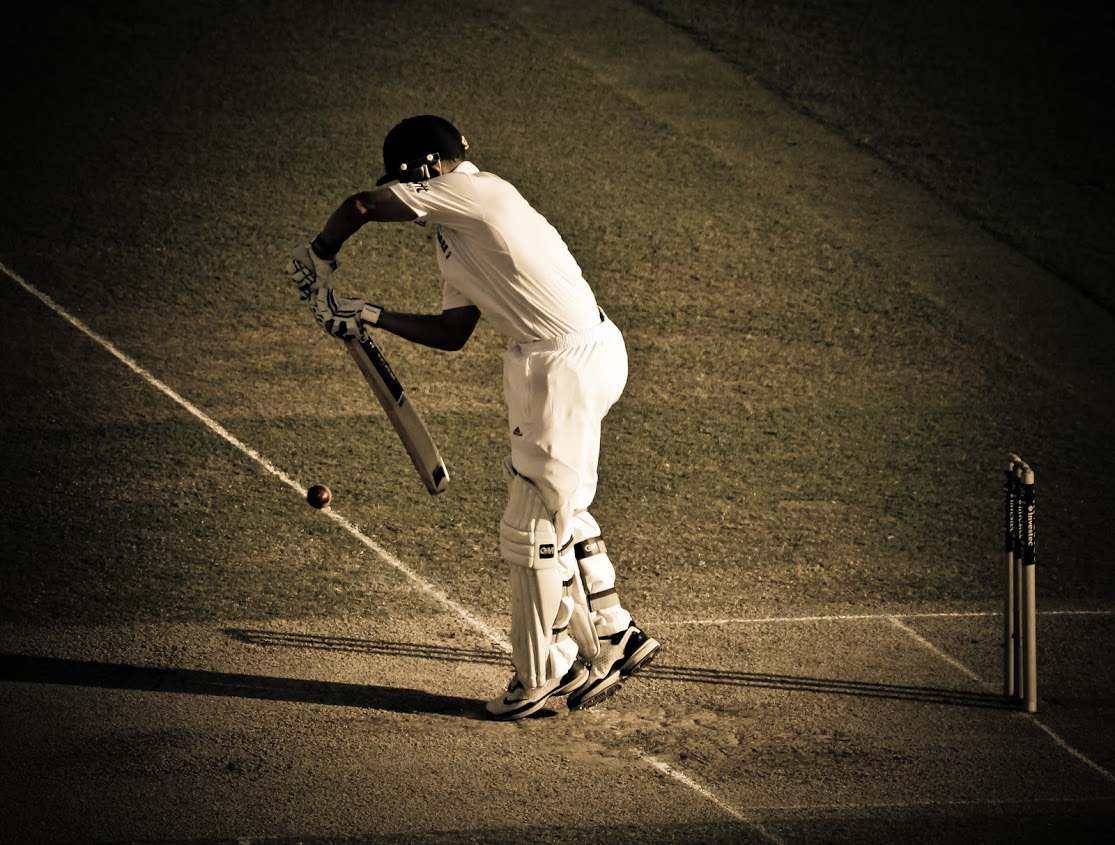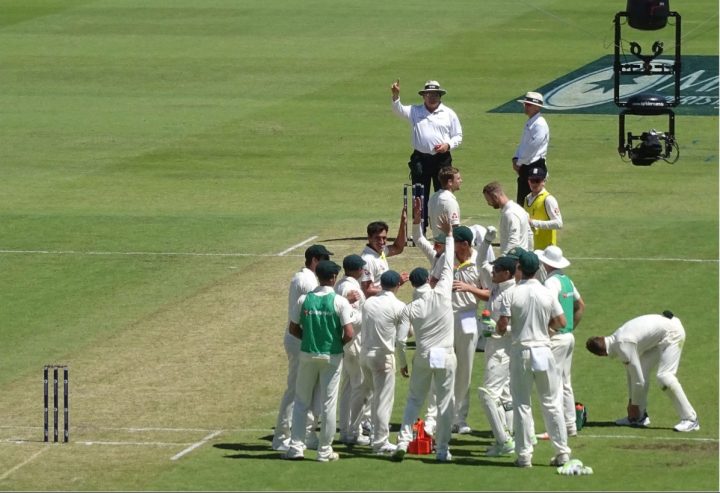
Not long now till the village cricket season gets underway in earnest. And if you manage or captain a side, you’ll now be experiencing the usual combination of naive optimism and cynical dread. Along the lines of ‘can we play a bit better this season?’, or ‘can we get any worse?’
So we thought it timely to start a discussion about the tactical side of village cricket. How can you get the best out of your team’s abilities, without taking it too seriously or pissing people off? Which cricketing maxims will actually make a difference?
To get the ball rolling, here are the TFT team’s top tips – but as ever, we’d love to hear your thoughts and experiences.
1. Don’t copy things off the telly When you witness a cute little tactic deployed in test cricket, it’s very tempting to give it a go yourself on the village green. The snag is – your players won’t be nearly good enough to replicate it.
A good example: giving the ‘set’ batsman a single to get the new batsman on strike. If your bowler tries to ease off on his delivery, chances are he won’t be able to control the degree of that ‘easing’. The result – a slow long-hop, and four runs. Conversely, the batsman may not be good enough to pick off the single. So overall, your best bet is to avoid showing off and just bowling normally – whatever the situation.
2. Bat first Ask yourself this: will your batsmen be more confident in setting a notional target, and generally trying their best, or chasing a specific target, under pressure? Plus – bowlers hate going first, especially if they’re hungover, or it’s hot. They’ll resent you for it. Moreover, village pitches will rarely change between 2pm and 5pm, unless they start very wet and the sun is particularly warm. As the old adage goes, think about fielding, and then bat anyway.
3. Bowl full and straight The best way to control the match and take wickets is through containment. If you pitch it up and stay on off stump, the batsman will have to watch his stumps, and drive the ball to score runs. Only proper batsmen can drive – and they’ll prosper anyway – whereas any old hack with a good eye can whack something short and wide. Similarly, if the bowler tries something clever, it will invariably turn into a wide full toss.
The other advantage of bowling full and straight is that, if they miss, you hit. Letting the stumps do the work means you don’t have to rely on the fielders catching the ball.
4. Don’t pack the slip cordon How often do you see a slip or gully catch on the village green? They require three simultaneous pieces of skill: the bowler finding the edge, the batsman hitting it, and the fielder catching it. It’s such a rare event that posting three slips and a gully is a complete waste. Catches occur far more often from mis-hits and half-hearted strokes, often on the leg side. A mid-on and mid-wicket are much more useful.
5. Set an in/out field A ring of five – hopefully saving the single – and three in the deep: that’s usually your best chance of covering the bases. Fielders find it easier to run forwards than sideways, so if in doubt, err on the side of a deeper position. If the bowler is slow and wayward, the batsman will invariably slog: protect cow corner and square leg.
6. Get a move on Village batsmen tend to be more conscious of time than overs. If you can hurry through your overs – and not mess about with arguments and field changes – the batsmen often don’t notice how fast the innings is elapsing. With luck, you can skip through a significant chunk of their innings without them making any progress.
7. Bat your best players at 3 and 4 On the one hand, you don’t want to expose your most precious batsmen to the dangers of the new ball and the oppo’s best bowlers. But on the other, it’s a waste for them to end up watching the innings from the pavilion with their pads on. They need to face as many balls as possible. There’s no perfect way of squaring this circle, but 3 and 4 are usually the most effective. If you have a slogger with a good eye, keep him in reserve at number 7 – hopefully to take advantage when the crap bowlers come on.
8. Get the keeper to stand up That’s with the crucial proviso that he’s good enough to do it. If he is, he’ll seriously inhibit the batsman: fearing a stumping, he’ll be far less inclined to leave his crease, and his range of shots will be limited.
Maxie Allen









Good advice. However, I think the best bat should be at five-avoids the new ball and nice and fresh for the inevitable lob bowler